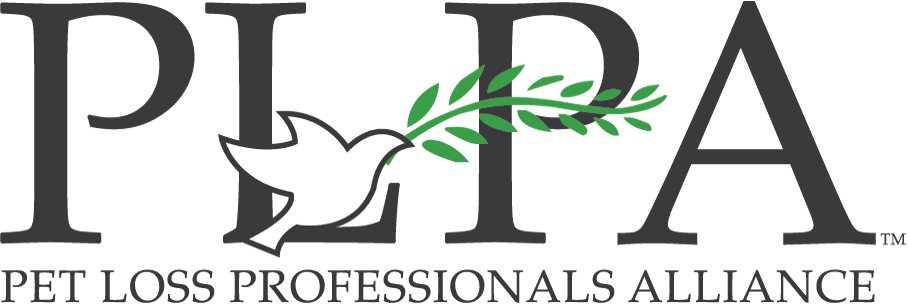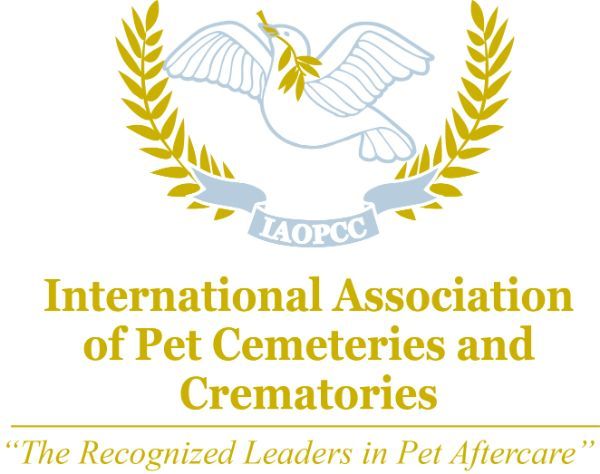Importance of Spaying/Neutering
Spaying and neutering pets is a crucial aspect of responsible pet ownership, offering numerous benefits for both individual animals and the broader community. These procedures, which involve surgically preventing pets from reproducing, play a significant role in managing the pet population, enhancing animal health, and fostering a more harmonious coexistence between humans and animals.
One of the primary reasons for spaying and neutering pets is population control. Every year, millions of unwanted animals are born, many of which end up in shelters or, tragically, are euthanized. By spaying or neutering, pet owners can prevent the birth of litters that may not find homes, thereby reducing the number of homeless animals. This not only alleviates the burden on animal shelters but also helps decrease the incidence of stray animals, which can pose public health and safety concerns.
In addition to population control, spaying and neutering offer significant health benefits for pets. For females, spaying eliminates the risk of ovarian and uterine cancers and significantly reduces the risk of mammary tumors, which are malignant in about 50% of dogs and 90% of cats. For males, neutering prevents testicular cancer and reduces the risk of prostate problems. Moreover, these procedures can lead to longer, healthier lives for pets by reducing their risk of contracting certain infections and diseases.
Behavioral improvements are another important benefit of spaying and neutering. Pets that have undergone these procedures are often less aggressive and less likely to exhibit undesirable behaviors such as marking territory with urine, roaming in search of mates, or engaging in fights with other animals. This can lead to a calmer, more predictable pet, making it easier for pet owners to manage and enjoy their companionship. Additionally, reduced aggression and territorial behavior can decrease the likelihood of pets injuring themselves or others, contributing to a safer environment for both animals and people.
Spaying and neutering also contribute to the overall well-being of the community. Stray animals can become nuisances, causing property damage and posing risks through bites or the spread of diseases such as rabies. By controlling the pet population, communities can reduce these issues, leading to a more pleasant and safer living environment. Furthermore, responsible pet ownership practices, including spaying and neutering, reflect a commitment to the welfare of all animals, fostering a culture of compassion and care within society.
In conclusion, spaying and neutering pets are essential practices that benefit individual animals, their owners, and the community at large. These procedures help control the pet population, reduce the strain on animal shelters, and prevent the suffering of unwanted animals. They also enhance pet health, improve behavior, and contribute to public safety. By choosing to spay or neuter their pets, owners can play a pivotal role in promoting a healthier, more humane world for all animals.
The post Importance of Spaying/Neutering appeared first on Angelpaw.







